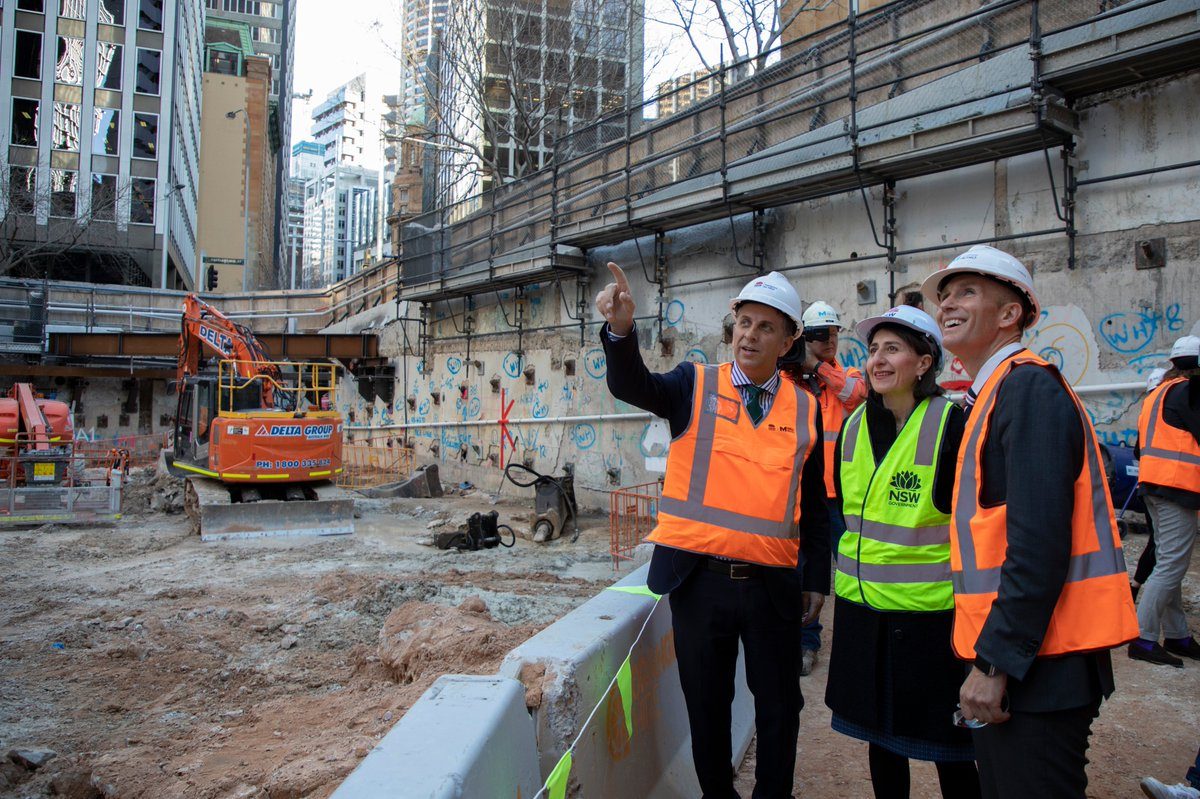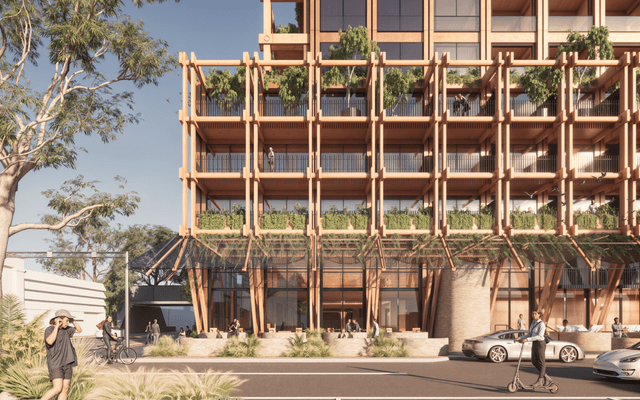This article is from the Australian Property Journal archive
PROPERTY developers in New South Wales will be charged a new tax on projects that will benefit from state government infrastructure investment and Council rezoning, while the heated residential market contributed $9.4 billion in stamp duty to the state’s coffers over the past year.
That could play a crucial role in the coming years as the NSW government anticipates being back in the black within three years.
About $600 million each year is expected to be raised by the new “infrastructure contributions system”, which was put forward as part of yesterday’s NSW state budget and having been recommended as a “property uplift value capture” by the NSW Productivity Commission in December.
As well as Sydney, the new tax system will also apply to properties in the Central Coast, Hunter Valley, Illawarra and Shoalhaven regions and begin from July 1.
Urban Taskforce welcomed the move and said it supports postponing of the timing of payment until the building is complete and ready for occupation. However, it said it is concerned that the net impact of the bill (it is a cognate bill to the budget) will actually raise more money from new home buyers for infrastructure, rather than less.
“This can only be supported if there is a substantial and immediate change in culture and practice across the planning system with a renewed focus on housing supply right across Sydney. Without immediate steps to increase the supply of housing across Sydney, then the new fees and charges represent nothing more than extra taxes on the supply of new homes.”
The NSW government is expecting a number of owners to bring forward the sale of their homes to capitalise on the record prices being seen in the market. Treasury upgraded its forecast revenue from property sales by $4 billion for this financial year and the coming two, while it slashed expectations for 2023/24 and 2024/25 by $1.7 billion in anticipation of slowing sales activity and easing prices.
It received a stamp duty windfall of $9.4 billion as a result of the remarkable surge in house prices seen during COVID. Total taxation revenue is $36.2 billion. Transfer duty is expected to overtake payroll tax as the largest source of taxation revenue from 2020/21 to 2022/23, due to the strength in the residential property market and the impact of temporary payroll tax relief.
Transfer duty will account for 31.6% of taxation revenue in 2021/22, and payroll tax 24.7%.
However, NSW Treasurer Dominic Perrotet remains keen on abolishing stamp duty in favour of an annual land tax. The move could make housing 4% cheaper, and according to a NSW government report released on Friday, could enable a 6% rise in home ownership. First home buyer could be able to buy about two and a half years earlier if an opt-in annual land tax was introduced, it said, and households would be $3,300 better off.
Chartered Accountants Australia has warned that reforming stamp duty could cost the state $11 billion over four years.
Land tax revenue is expected to be $4.8 billion in 2021/22, 4.7% above previous expectations, and is tipped to grow by 5.2% on average over the four years to 2024/25. This is $2.4 billion, or 12.8% higher than expected at half-yearly reviews, and the government said uplift is largely due to expectations for higher average land values than previously forecast.
REINSW chief executive, Tim McKibbin said it’s a “timely reminder of Government’s obligation to work with – not against – the industry it relies so heavily upon”.
“The real estate industry has rescued the NSW budget.” McKibbin said.
“The industry that provides so much from a social, economic, employment and revenue standpoint deserves a more receptive ear from Government, particularly in relation to some of the contemporary issues affecting consumers and the market.”
The UDIA welcomed the $139.3 million put towards the Accelerated Infrastructure Fund to provide funding to councils in high growth areas to support construction activity and the release of new homes and employment areas in key greenfield sites, but said it is “extremely concerned” about the government’s evaluation that “building approvals are now running well ahead of the change in population due to the lack of inward migration”.
“The government believes this suggests a potential oversupply in the near term, relative to underlying demand for housing. This completely ignores the fact that Sydney is one of the most expensive cities in the world for housing and the housing supply crisis has now spread to regional NSW. The budget does not include funding for growth in enabling infrastructure in these areas,” the UDIA said.
The NSW Productivity Commission recently stated there is unmet demand for 48,000 homes, and the UDIA believes that if housing supply is not substantially boosted there will be a shortfall of 75,000 new homes by 2024.
The government’s land and property development organisation, Landcom will invest $2 billion in the development and delivery of new housing over the four years to 2024/25, including delivering 14,755 dwellings to the market.
The UDIA said two-thirds of housing supply in NSW historically needs to be in apartments, however approvals are down 64% from the peak in 2016 and commencements down 47%.
“It is disappointing to see the Government do next to nothing to support this critical part of the housing supply pipeline.”
Budget papers said the outlook for commercial property values has also improved, particularly for industrial and prime office space due to stronger employment growth and business trading conditions, and low interest rates globally.




